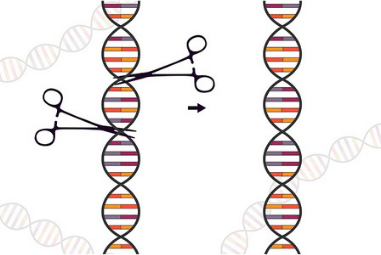CRISPR: Saving the World or Playing with Dynamite?
It’s an oft-told story that the fortune of Swedish chemist and businessman Alfred Nobel was founded on patented explosives, including dynamite. While his products were used beneficially in mining and construction applications, their wartime use in munitions gave him concern that he would be remembered solely as a ‘merchant of death’. Consequently, Nobel set aside the vast majority of his fortune to establish the prizes that bear his name, awarded to those who have had the greatest benefit on mankind in various fields of endeavor, including the Peace Prize and the Chemistry Prize. This year’s Chemistry Prize was awarded jointly to Emmanuelle Charpentier of France and Jennifer Doudna of the US for their parallel developments of genome editing, namely their groundbreaking 2012 works on CRISPR. Like dynamite, CRISPR offers the twin potential to provide both great risks and rewards to human life.
These and other concerns have produced a variety of moratoria on certain types of research, particularly with respect to human subjects. Nevertheless, the promise of the technology is so great that scientists have a broad array of perfectly ethical and beneficial avenues of research to follow, and are doing so at an ever-increasing rate. In a recently published report from BioInformatics, The 2020 Market for CRISPR/Cas Genome Editing Products, a survey of 328 researchers working with the technology revealed that the number of CRISPR experiments being carried out per month is expected to increase by an average of 16.2% over the next 18 months. The study also offers information on CRISPR workflows, applications and perceptions of vendors and service providers in the space.
CRISPR (clustered regularly interspaced short palindromic repeats) represents a technology developed from the mechanisms underlying a naturally occurring bacterial ability to protect themselves from foreign genetic elements, such as from a viral infection. From this natural defense has arisen a technology for gene editing, allowing researchers to alter the genetic code with precision, using instruments already found in many life science labs. A gene can be deleted from its location in an organism’s DNA, or novel genes can be inserted into the code. Depending on the application, these changes can be performed on a single cell, or into an entire tissue or organism with an appropriate delivery method.
From the original publications just 8 years ago, a vibrant research community has grown to make use of the technology (as has a vibrant legal industry assessing the patent situation). This revolutionary tool in research and industry does raise some issues of safety. While scientists are generally focused on the positive aspects of treating genetic diseases, developing novel gene therapies, or developing GMO crops with beneficial properties, the legal, ethical and regulatory framework has been slow to develop. This concern is not entirely theoretical or artificial – in 2018, Chinese researcher He Jiankui claimed that he had created the first human genetically edited babies, altering the germline CCR5 gene of twin girls during the embryo stage in an attempt to make them resistant to HIV. Widely condemned by the global scientific community for violating scientific principles and ethical norms, he was fired and sentenced to three years in prison. But in some ways, the genie is now out of the bottle.





